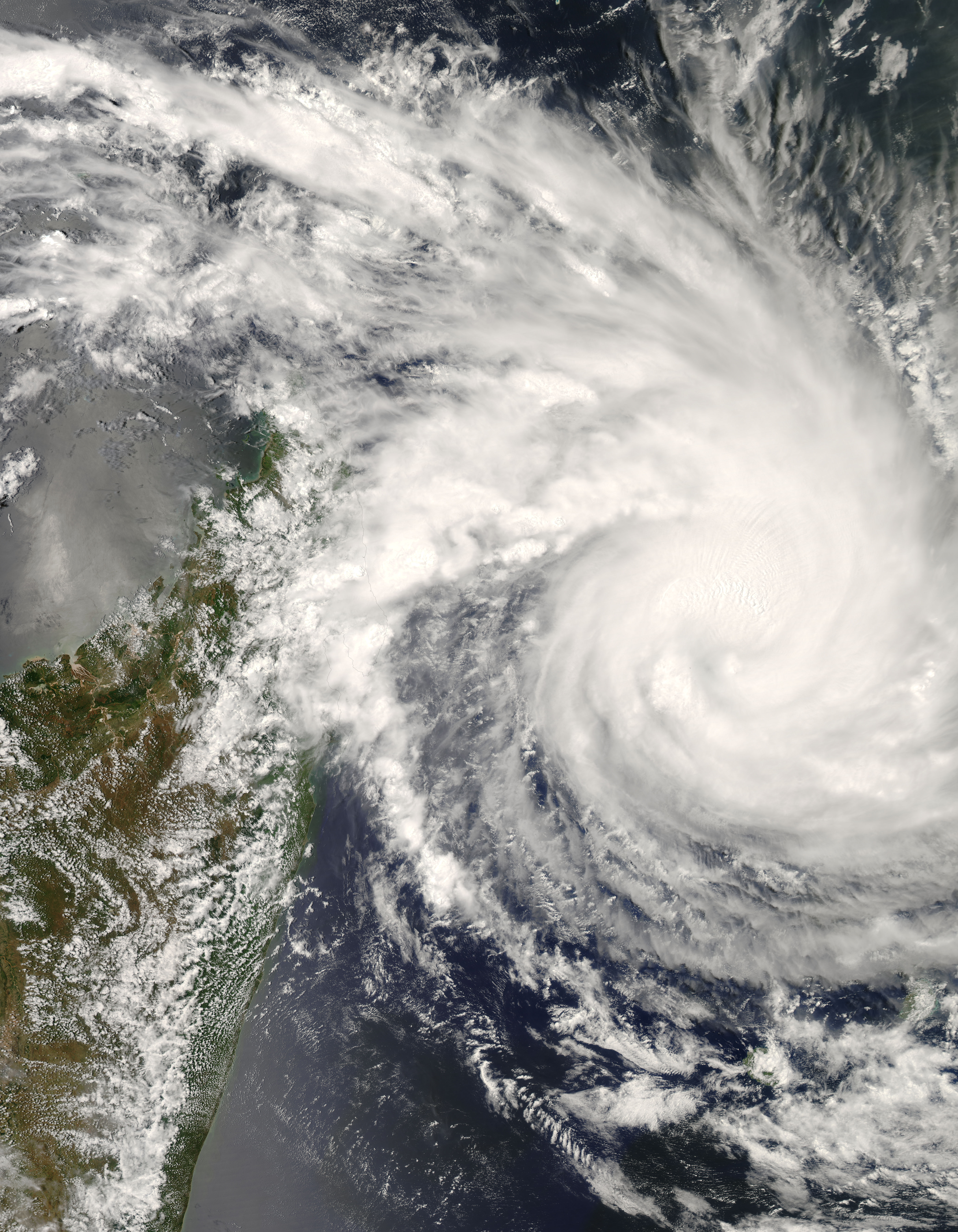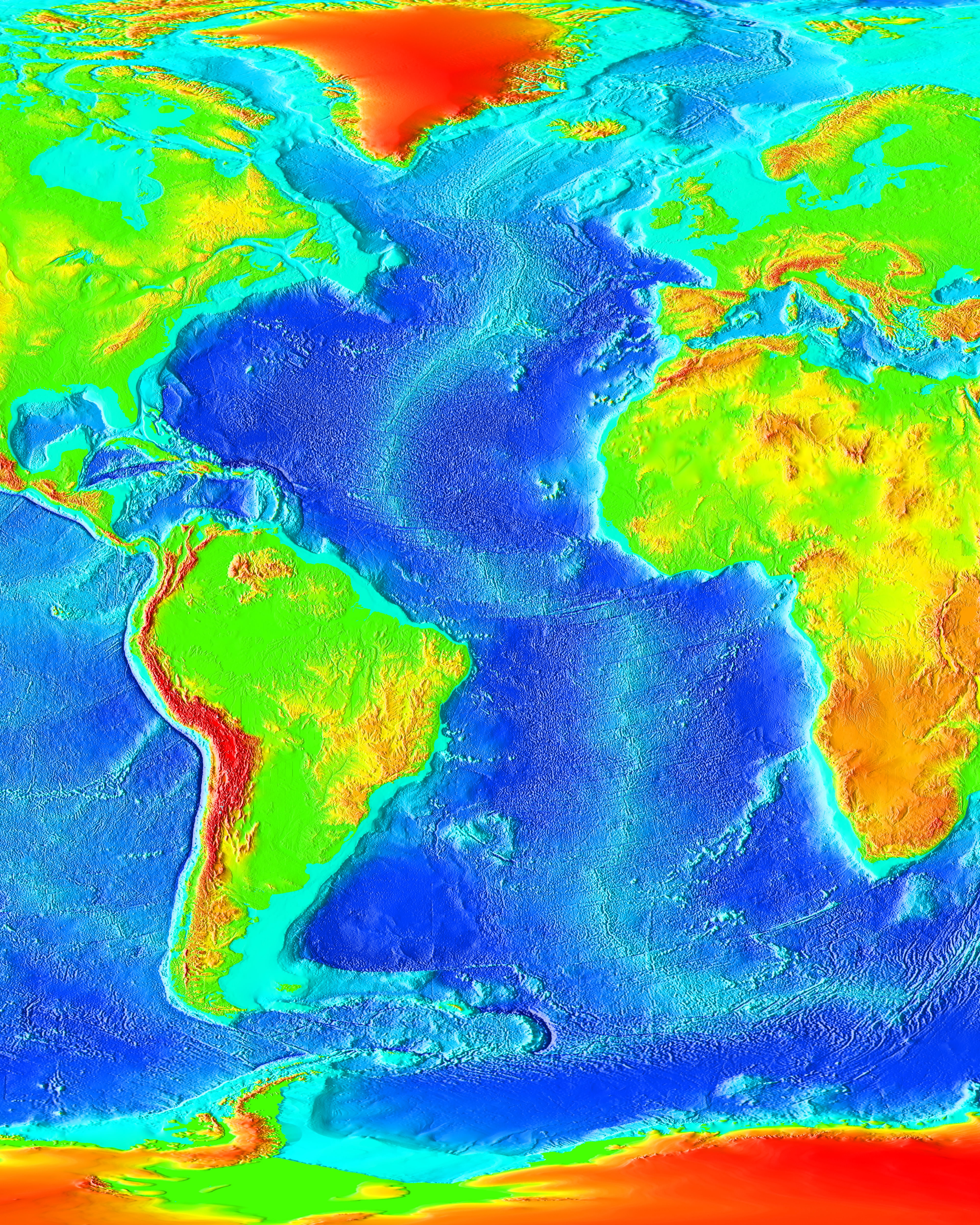|
List Of Storms Named Ivan
The name Ivan was used for three tropical cyclones in the Atlantic Ocean, one in the Western Pacific Ocean, one in the South-West Indian Ocean, and one in the Australian region. In the Atlantic: * Hurricane Ivan (1980) – Category 2 hurricane that looped over the north-central Atlantic. * Hurricane Ivan (1998) – Category 1 hurricane that stayed well out to sea. *Hurricane Ivan (2004) – Category 5 hurricane, struck the Windward Islands, Jamaica, the Cayman Islands, Cuba, Alabama and Texas. The name Ivan was retired after the hurricane of 2004 and was replaced by Igor for the 2010 season. In the Western Pacific: * Typhoon Ivan Typhoon Ivan, known in the Philippines as Super Typhoon Narsing, was an extremely intense tropical cyclone that existed simultaneously with another storm of the same intensity, Typhoon Joan (1997), Typhoon Joan, in October 1997. Forming out of a ... (1997) (T9723, 27W, Narsing) – Category 5 super typhoon, struck the Philippines ... [...More Info...] [...Related Items...] OR: [Wikipedia] [Google] [Baidu] |
Tropical Cyclone
A tropical cyclone is a rapidly rotating storm system with a low-pressure area, a closed low-level atmospheric circulation, strong winds, and a spiral arrangement of thunderstorms that produce heavy rain and squalls. Depending on its location and strength, a tropical cyclone is called a hurricane (), typhoon (), tropical storm, cyclonic storm, tropical depression, or simply cyclone. A hurricane is a strong tropical cyclone that occurs in the Atlantic Ocean or northeastern Pacific Ocean. A typhoon is the same thing which occurs in the northwestern Pacific Ocean. In the Indian Ocean and South Pacific, comparable storms are referred to as "tropical cyclones". In modern times, on average around 80 to 90 named tropical cyclones form each year around the world, over half of which develop hurricane-force winds of or more. Tropical cyclones tropical cyclogenesis, typically form over large bodies of relatively warm water. They derive their energy through the evaporation of water ... [...More Info...] [...Related Items...] OR: [Wikipedia] [Google] [Baidu] |
Atlantic Ocean
The Atlantic Ocean is the second largest of the world's five borders of the oceans, oceanic divisions, with an area of about . It covers approximately 17% of Earth#Surface, Earth's surface and about 24% of its water surface area. During the Age of Discovery, it was known for separating the New World of the Americas (North America and South America) from the Old World of Afro-Eurasia (Africa, Asia, and Europe). Through its separation of Afro-Eurasia from the Americas, the Atlantic Ocean has played a central role in the development of human society, globalization, and the histories of many nations. While the Norse colonization of North America, Norse were the first known humans to cross the Atlantic, it was the expedition of Christopher Columbus in 1492 that proved to be the most consequential. Columbus's expedition ushered in an Age of Discovery, age of exploration and colonization of the Americas by European powers, most notably Portuguese Empire, Portugal, Spanish Empire, Sp ... [...More Info...] [...Related Items...] OR: [Wikipedia] [Google] [Baidu] |
Pacific Ocean
The Pacific Ocean is the largest and deepest of Earth's five Borders of the oceans, oceanic divisions. It extends from the Arctic Ocean in the north to the Southern Ocean, or, depending on the definition, to Antarctica in the south, and is bounded by the continents of Asia and Australia in the west and the Americas in the east. At in area (as defined with a southern Antarctic border), the Pacific Ocean is the largest division of the World Ocean and the hydrosphere and covers approximately 46% of Earth's water surface and about 32% of the planet's total surface area, larger than its entire land area ().Pacific Ocean . ''Encyclopædia Britannica, Britannica Concise.'' 2008: Encyclopædia Britannica, Inc. The centers of both the Land and water hemispheres, water hemisphere and the Western Hemisphere, as well as the Pole of inaccessi ... [...More Info...] [...Related Items...] OR: [Wikipedia] [Google] [Baidu] |
Indian Ocean
The Indian Ocean is the third-largest of the world's five oceanic divisions, covering or approximately 20% of the water area of Earth#Surface, Earth's surface. It is bounded by Asia to the north, Africa to the west and Australia (continent), Australia to the east. To the south it is bounded by the Southern Ocean or Antarctica, depending on the definition in use. The Indian Ocean has large marginal or regional seas, including the Andaman Sea, the Arabian Sea, the Bay of Bengal, and the Laccadive Sea. Geologically, the Indian Ocean is the youngest of the oceans, and it has distinct features such as narrow continental shelf, continental shelves. Its average depth is 3,741 m. It is the warmest ocean, with a significant impact on global climate due to its interaction with the atmosphere. Its waters are affected by the Indian Ocean Walker circulation, resulting in unique oceanic currents and upwelling patterns. The Indian Ocean is ecologically diverse, with important ecosystems such ... [...More Info...] [...Related Items...] OR: [Wikipedia] [Google] [Baidu] |
Hurricane Ivan (1980)
The 1980 Atlantic hurricane season featured nine hurricanes, the most since 1969. This hurricane season was fairly active, with sixteen tropical cyclones forming, eleven of which strengthened into named tropical storms. The season officially began on June 1, 1980, and lasted until November 30, 1980. It was the first time since the 1971 season that there were no active tropical cyclones in the Atlantic basin during the month of June. The season occurred during an ENSO-neutral phase, having neither an El Niño nor a La Niña. The three most notable storms of the season were Hurricane Allen, Tropical Storm Hermine, and Hurricane Jeanne Hurricane Jeanne was the deadliest tropical cyclone in the Atlantic basin since Mitch in 1998, and the deadliest tropical cyclone worldwide in 2004. It was the tenth named storm, the seventh hurricane, and the fifth major hurricane of the se .... Allen was the then-earliest Category 5 hurricane in the calendar year on reco ... [...More Info...] [...Related Items...] OR: [Wikipedia] [Google] [Baidu] |
Hurricane Ivan (1998)
The 1998 Atlantic hurricane season was a catastrophic and extremely deadly Atlantic hurricane season, which had the highest number of storm-related fatalities in over 218 years and some of the costliest ever at the time. The season had above average activity, due to the dissipation of an El Niño event and transition to La Niña conditions. It officially began on June 1 and ended on November 30, dates which conventionally delimit the period during which most tropical cyclones form in the Atlantic Ocean. The season had a rather slow start, with no tropical cyclones forming in June. The first tropical cyclone, Tropical Storm Alex, developed on July 27, and the season's final storm, Hurricane Nicole, became extratropical on December 1. Several storms made landfall or directly affected land. Hurricane Bonnie made landfall in southeastern North Carolina as a Category 2 hurricane in late August, killing five people and causing about $1 billion in damage. Hurricane Earl ca ... [...More Info...] [...Related Items...] OR: [Wikipedia] [Google] [Baidu] |
Hurricane Ivan
Hurricane Ivan was a large, long-lived, and devastating tropical cyclone that caused widespread damage in the Caribbean and United States. The ninth named storm, the sixth hurricane, and the fourth major hurricane of the active 2004 Atlantic hurricane season, Ivan formed in early September and reached Category 5 strength on the Saffir–Simpson Hurricane Scale (SSHS). Ivan caused catastrophic damage in Grenada as a strong Category 3 storm, heavy damage in Jamaica as a strong Category 4 storm, and then severe damage in Grand Cayman, Cayman Islands, and the western tip of Cuba as a Category 5 hurricane. After peaking in strength, the hurricane moved north-northwest across the Gulf of Mexico to strike Pensacola/Milton, Florida and Alabama as a strong Category 3 storm, causing significant damage. Ivan dropped heavy rain on the Southeastern United States as it progressed northeastward and eastward through the Eastern United States, becoming an extratropical cyclone on September 1 ... [...More Info...] [...Related Items...] OR: [Wikipedia] [Google] [Baidu] |
Hurricane Igor (2010)
Hurricane Igor was a very large tropical cyclone which became the most destructive on record to strike the Canadian island of Newfoundland. It originated from a broad area of low pressure that moved off the western coast of Africa on September 6, 2010. Tracking slowly westward, it developed into a tropical depression on September 8 and strengthened into a tropical storm shortly thereafter. Higher wind shear temporarily halted intensification over the following days. On September 12, however, explosive intensification took place, and Igor reached Category 4 status on the Saffir–Simpson scale. By this time, Igor had already begun a prolonged turn around the western periphery of the subtropical ridge. After becoming the strongest cyclone of the season, with maximum sustained winds of , it began to enter an area for continued strengthening. Igor gradually weakened before brushing Bermuda as a minimal hurricane on September 20. After turning northeastward, t ... [...More Info...] [...Related Items...] OR: [Wikipedia] [Google] [Baidu] |
Typhoon Ivan
Typhoon Ivan, known in the Philippines as Super Typhoon Narsing, was an extremely intense tropical cyclone that existed simultaneously with another storm of the same intensity, Typhoon Joan (1997), Typhoon Joan, in October 1997. Forming out of an area of disturbed weather on October 13, Ivan gradually intensified into a typhoon as it tracked steadily to the west-northwest. On October 15, the storm underwent Rapid deepening, rapid intensification and reached an intensity corresponding to Category 5 status on the Saffir–Simpson Hurricane Scale. Late on October 17, Ivan reached its peak strength with winds of and a barometric pressure of 905 hPa (mbar). Shortly thereafter, the typhoon began to weaken as it approached the Philippines. Ivan eventually made landfall in northern Luzon with winds of on October 20 before weakening to a tropical storm the next day. The storm then curved northeastward and became extratropical cyclone, extratropical on October&nbs ... [...More Info...] [...Related Items...] OR: [Wikipedia] [Google] [Baidu] |
Cyclone Ivan
Intense Tropical Cyclone Ivan was a powerful tropical cyclone that struck Madagascar in February 2008. Forming from a persistent area of convection on 7 February, Ivan initially tracked southeastward, before looping to the west-southwest. Encountering favourable conditions, it strengthened to attain peak winds on 17 February before striking northeastern Madagascar. It degenerated into a remnant low pressure area as it crossed the island, and briefly re-organized into a weak tropical depression before dissipating on 22 February. Ivan caused heavy damage in Madagascar, leaving severe flooding and wind damage. In Île Sainte-Marie, the worst hit area, 90% of the infrastructure was destroyed, and 70% of the structures were destroyed. On mainland Madagascar, over of cultivated crops were destroyed, leaving hundreds of families without food. In addition, severe flooding and high winds in Toamasina left the entire city without electricity or drinkable water. In all, over 330,000 ... [...More Info...] [...Related Items...] OR: [Wikipedia] [Google] [Baidu] |
Atlantic Hurricane Set Index Articles
The Atlantic Ocean is the second largest of the world's five oceanic divisions, with an area of about . It covers approximately 17% of Earth's surface and about 24% of its water surface area. During the Age of Discovery, it was known for separating the New World of the Americas (North America and South America) from the Old World of Afro-Eurasia (Africa, Asia, and Europe). Through its separation of Afro-Eurasia from the Americas, the Atlantic Ocean has played a central role in the development of human society, globalization, and the histories of many nations. While the Norse were the first known humans to cross the Atlantic, it was the expedition of Christopher Columbus in 1492 that proved to be the most consequential. Columbus's expedition ushered in an age of exploration and colonization of the Americas by European powers, most notably Portugal, Spain, France, and the United Kingdom. From the 16th to 19th centuries, the Atlantic Ocean was the center of both an eponymous ... [...More Info...] [...Related Items...] OR: [Wikipedia] [Google] [Baidu] |







